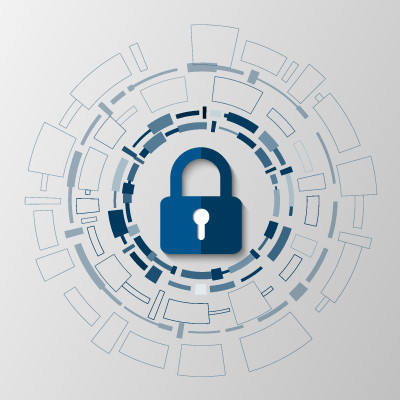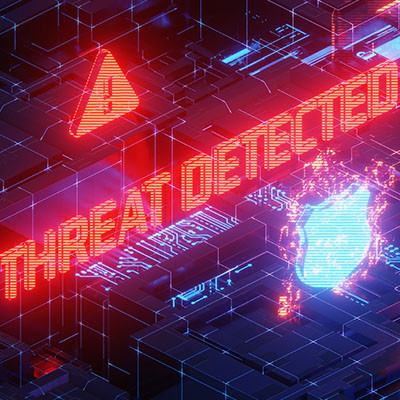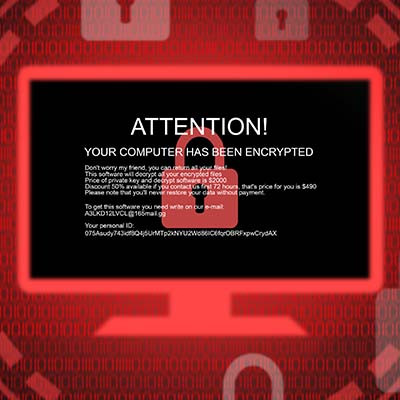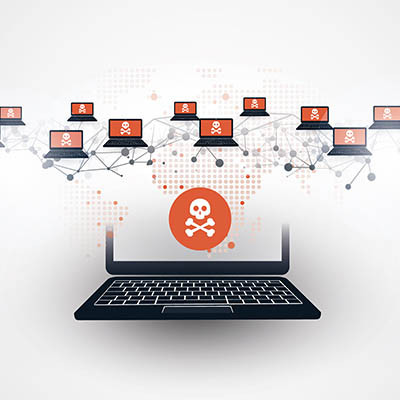We wanted to take a minute to talk a little bit about something we all cherish: hope. Hope is a powerful force and it constantly propels us forward and can brighten even the darkest days. We hope for good health, happy families, and definitely that winning lottery ticket.
Unfortunately, hope is a terrible cybersecurity strategy.






















